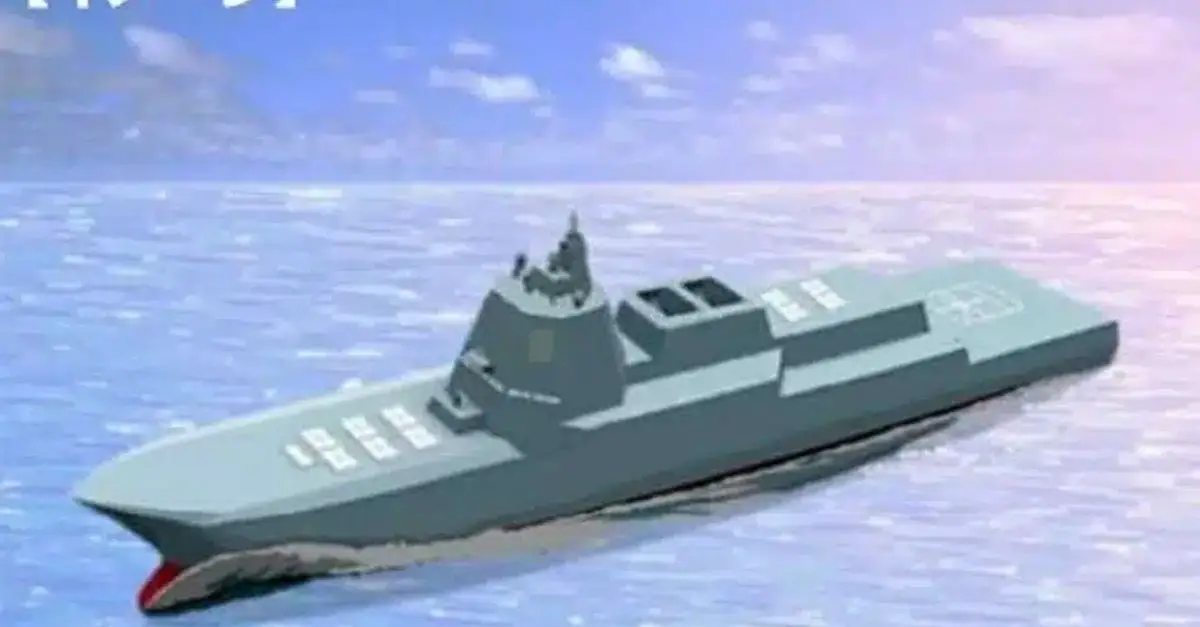Breaking news
Japan selects Rolls-Royce MT30 engines for new destroyer program.
According to a PR published by Rolls Royce on May 30, 2024, the firm has been chosen to supply the first twin MT30-powered hybrid electro-mechanical propulsion system for Japan’s Aegis System Equipped Vessel (ASEV), part of a new Japanese destroyer program.
Follow Army Recognition on Google News at this link

Artist rendering of the future Japan's Aegis System Equipped Vessel or ASEV. (Picture source: Japanese MoD)
Kawasaki Heavy Industries (KHI) will handle the construction, assembly, and testing of the MT30 within a compact engine enclosure. They will also conduct tests on the entire propulsion system. In the Pacific region, the MT30 supports South Korea’s Daegu-class and Ulsan-class frigates and Australia’s Hunter-class frigates.
These vessels are being developed as an alternative to the Aegis Ashore land-based missile defense system, which was canceled in 2020 due to management issues and local opposition. The ASEVs will primarily serve to defend Japan from ballistic missile threats, especially from North Korea, and will allow the Japan Maritime Self-Defense Force (JMSDF) to reallocate its Aegis destroyers to other critical missions such as countering Chinese naval activities.
The ASEVs are planned to be equipped with the Lockheed Martin SPY-7 radar, which was initially intended for the Aegis Ashore system. This radar will integrate with the Aegis Baseline 9 system, providing robust ballistic missile defense (BMD) capabilities.
The vessels are also expected to be armed with SM-3 Block IIA and SM-6 missiles, enhancing their interception capabilities against a variety of missile threats, including hypersonic glide vehicles.
In terms of design, specifications indicating a length of around 210 meters, a width of 40 meters, and a displacement of approximately 20,000 tons. This makes them among the largest ships in the JMSDF, comparable to the Izumo-class helicopter carriers. These ships will feature advanced crew accommodations to support long-term missions. These vessels are expected to be commissioned in the late 2020s, with the first entering service around March 2028 and the second by March 2029


























